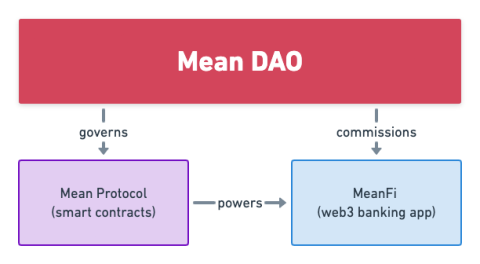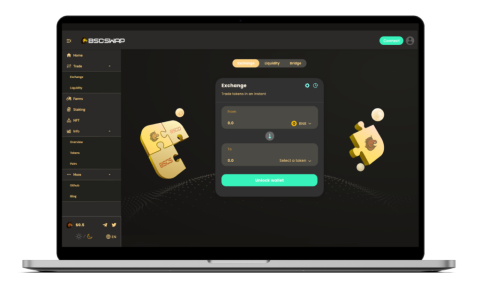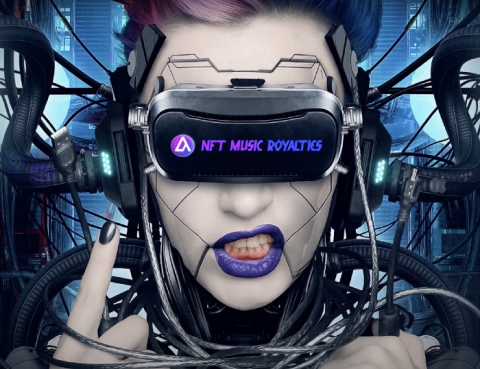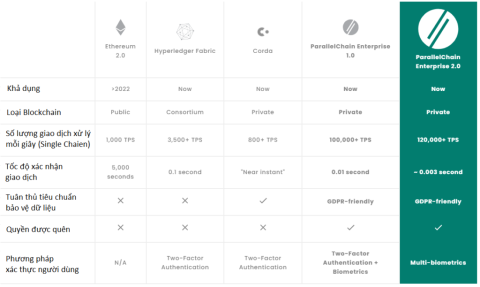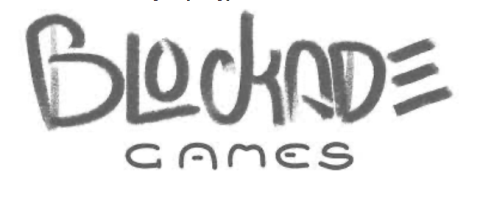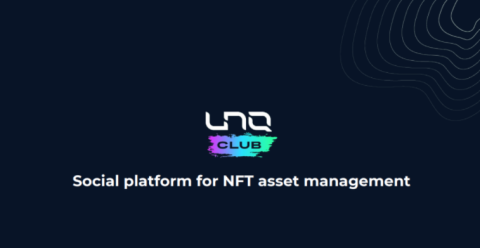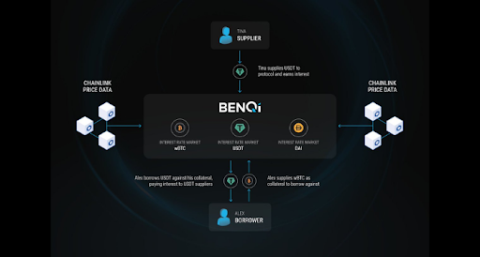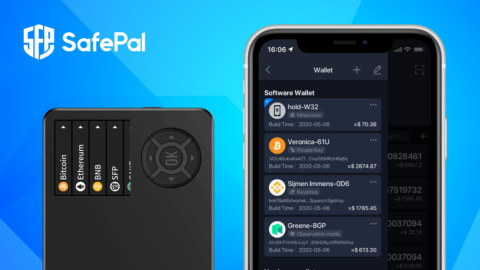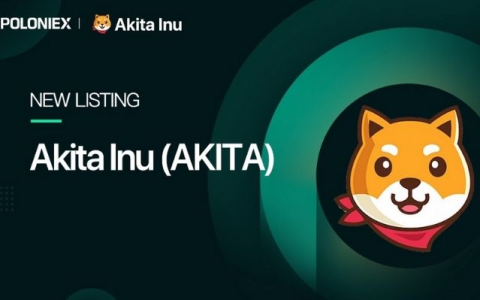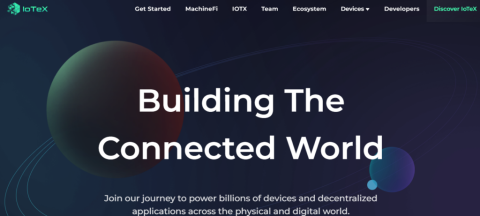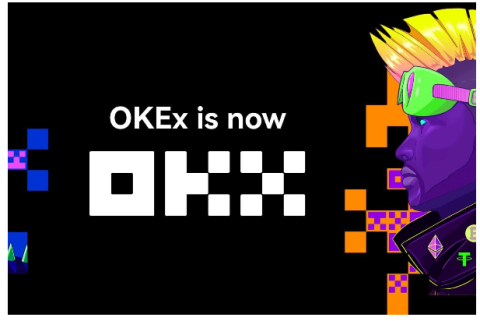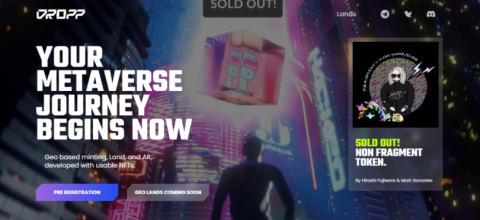What is Chainlink (LINK)? Things to know about Chainlink and LINK
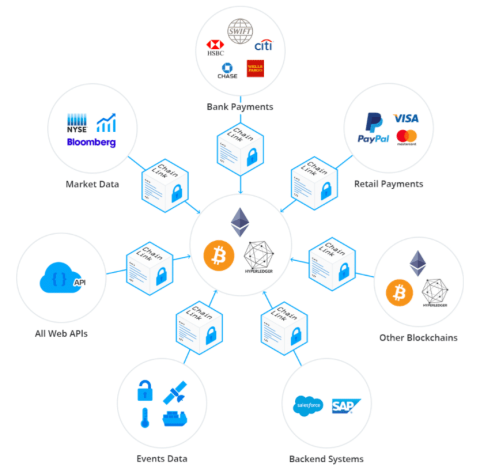
ChainLink is a decentralized Oracle network founded in 2017 by Smart Contract company Chainlink Ltd., based in Cayman Islands.
Monero is a privacy-enhancing cryptocurrency project and is known for its security coin. It's a cryptocurrency that's been built from the ground up to be 100% anonymous.
This is in stark contrast to cryptocurrencies like Bitcoin and Ethereum, which have transparent and publicly viewable blockchains where anyone can open a blockchain explorer and see exactly what's going on.
Typically, cash and gold are more anonymous than publicly traceable cryptocurrencies. This is of course, unless you are using a cryptocurrency like Monero, which exists on a completely hidden blockchain.
You can open Monero Blockchain Explorer now and you won't be able to see any information about the number of transactions or any information about the sender or receiver.
This also means that Monero's XMR currency is the closest thing to digital cash since it's completely fungible. It is impossible to distinguish each coin from the rest because there is no transaction history and that is an important point.
How can Monero stay private and still verify the authenticity of transactions? This is all thanks to a number of modern cryptocurrencies, some of the most advanced in the crypto space today.
For starters, when it comes to those anonymous addresses, Monero uses what are known as hidden addresses and they are great.
They basically allow the creation of unique disposable public addresses on behalf of the recipient. Each transaction will have a unique public address that cannot be linked to a receiver. One cool thing, however, is that it still allows you to publish only one address inside, while all your transactions are sent to unique addresses on the blockchain.
If that sounds complicated. That's because Monero also uses what are known as ring signatures. This is a mechanism designed to obscure the individual entering into the transaction inwardly and thus receiving the funds.
Essentially, Monero transactions are signed with a random round of other potential signers, which ensures that the output of the transaction is untraceable.
The final piece of the puzzle is to hide the amount of the transaction, and that is a secure transaction or RingCT. It is called an improved version of the ring signature with a quote “Spontaneous anonymous group signatures can link multiple layers”.
The point is that Monero's privacy and anonymity is thanks to the insane level of highly complex technology. Technology has been constantly evolving since Monero was first launched in 2014.
A cryptocurrency with no centralized development team controlling it. Add a global collection of highly intelligent open source developers who have been honing their technology for years.
In March of last year, it was revealed that Grayscale, the issuer of multiple crypto trusts, is actively considering a fund for Monero.
This news has been confirmed by filings from earlier this year, which show that Grayscale has signed up for the Delaware Trust for a Monero variant.
This was considered bullish news at the time because it was widely known that Grayscale's fund buyers were primarily institutions. If Grayscale is considering listing a fund like this it could indicate strong institutional interest. Sadly no funds have been launched yet, but according to Grayscale's website, the fund is still under review.
Then in July it was discovered that there was a bug in Monero's Decoy Algorithm. The term mixin refers to the number of Decoy transactions used in the Ring signature. These fake signatures are used to obscure the real signer as mentioned earlier.
According to a Tweet from the official Monero account, the error occurred when the user spent their coins within 20 minutes of receiving the funds. This error will give a quote “There is a good chance that the output for a new transaction can be identified as the actual transaction.”
In August, it was announced that the long-awaited Monero Atomic Swaps were live on the mainnet. This is something that has been worked on by several development teams for over a year.
For the uninitiated, Monero Atomic Swaps offers users the ability to convert Bitcoin to Monero across the chain. And there is no need for a centralized exchange to broker trades.
Not long after, CipherTrace revealed that they had developed a number of tools that could provide Governments with enhanced tracking capabilities for Monero. For those unfamiliar with CipherTrace, it is a blockchain tracking company.
Although this has been warned by some users, many people are still questioning when there is no specific information about this technology or how it works.
Most likely the tools in question are a patent that CipherTrace filed a few months ago titled "Probabilistic techniques and methods for tracing Monero".
Not long after the tracking, this Monero was again in the spotlight thanks to leaked slides from Chainalysis, another blockchain tracking company. This is a presentation given to Italian regulators in September citing “Among the cases that Chainalysis has worked with law enforcement to solve, it is possible to provide potential clients usable in about 65% of Monero-related cases.” Of course this statement does not claim to have broken any kind of encryption on the Monero blockchain.
Furthermore, there are other questions about whether the term cases can be quite broad. It may include people who only use Monero, but have been caught by being tracked using other cryptocurrencies.
In November 2021, when Kraken revealed that they would be phasing out XMR for all UK users.
Regulators have been constantly fighting against privacy-enhancing cryptocurrencies, and reports like CipherTrace's recent trend of Ransomware don't paint them with the most flattering.
The report claims that Monero usage is increasing among Ransomware groups by 2021. Similar arguments are also made by Chainalysis in its Cryptocrime 2022 report. That report highlights the widespread use of Monero in Ransomware, Cryptojacking, and darknet markets.
Interestingly, however, the same report shows that the vast majority of criminals still prefer Bitcoin as their currency of choice. This suggests that Monero is probably being unfairly targeted.
Those are some of the most important news and updates that have happened in the past year, some of which were good and also some that were bad. This is clearly reflected in XMR's price action during this time period, so let's dig into that.
At the time of analysis on Monero , the price of XMR is trading at $234. And many were extremely optimistic thinking that the price of XMR would be able to return to its peak within the next few months.
This is, of course, what Monero lovers all want and combined with the overall bullish timing in the market. However, things did not go as expected, the bear market led to a wide-ranging price drop and of course affected the likes of Monero, causing it to drop below $200 in less than a week.
However, as the rest of the crypto market struggled to recover and chase new all-time highs, Monero fell behind.
This resulted in Monero hitting a yearly low of $140 at the end of January this year. However, the tides began to change in late February as the XMR began a sustained recovery. Through March and April, the price of XMR continued to go up to break above $280 in mid-April. So, what drove this?
Some of the first factors are the general perception that Bitcoin and Ethereum are no longer the leading cryptocurrencies in terms of privacy and anonymity.
This is especially true now that regulators and blockchain tracking companies can easily track the movements of most coins and tokens. Presumably as a result the past three months have seen positive price action for a number of privacy coins.
This may have fueled the previous price action we saw in March. However, what is believed to be the cause of the price increase is Monerun. This is an attempt by Monero loyalists to start a race on exchanges. They all went to withdraw their money at the same time and observed what happened.
The reason behind this is suspicion that exchanges are running fractional reserve of their Monero balance. Basically, they don't actually hold all of the Monero they're claiming.
Of course given the nature of private blockchains, no one can prove whether these exchanges have a reserve or not. So the community wants to make a point. Whether they get what they want is debatable but what Monerun did was raise the price of XMR. Not only are people trying to buy XMR to withdraw it, but there is a chance that those same exchanges might be trying to buy it on the open market as well. That is of course, if you believe they don't keep all in the reserves as claimed.
Which brings us to the question that many of you are probably asking where XMR is likely to go.? That depends on a number of events over the next few months.
Monero Tail Emission will start in early June. This is the point where the block reward will drop at a rate of 0.6 XMR per block and stay there forever.
The goal of this is to make Monero a more attractive blockchain to mine because miners don't have to worry about the block reward going to zero. This is what Bitcoin miners have to worry about.
Mining rewards aside, one of the most important upcoming events is the protocol upgrade that was agreed a few weeks ago. The event will take place on July 16.
It will be version 15 of Monero and it will hard fork at this block height. There are many upgrades that will come with this hard fork, but let's go over a few of them.
First, will increase the amount of mix used in a standard transaction, which is the number of Decoys used in Ring signature transactions. The more mix-ins, the more confusing it gets.
Ring size will increase from 11 to 16, which will increase privacy. It will also reduce the impact of the Decoy bug that was discovered last year.
Next up, another upgrade Monero is adding is Bulletproofs+. For those who don't know in 2020, Monero is one of the first cryptocurrencies to implement Bulletproofs, replacing the previous Rangeproofs.
Efficiency on the network has increased dramatically because transactions are much lighter and the network is much more scalable. Bulletproofs+ takes things to the next level, it ensures smaller proof size, more proof generation and faster verification. This will result in even lighter transactions and faster wallet creation.
It is estimated that the transaction size decreased by about 5%. Lighter transactions will mean a more scalable chain with lower fees and faster transactions. So what you will have is an upgrade that can make Monero more private and more useful.
Furthermore, if these upgrades go as planned then Monero will hard fork again to a second generation protocol called Seraphis and a new addressing scheme called Jamtis sometime between 2023 – 2024.
These changes may be so extensive that they are called “Monero 2.0”. So these upcoming upgrades could have a positive price impact on Monero as more people start buying than anticipated. Furthermore, if upgrades through utility and trading demand are both likely to increase as Monero will be more usable.
Of course, this still doesn't solve the challenge faced when it comes to exchange support and liquidity. It is likely that more centralized exchanges have the ability to delist Monero. Regardless of them, regulators and global authorities have declared war on security coins.
That's not bad news at all, and that's because other solutions will allow Monero to be transacted cross-chain in a trustless and permissionless manner.
Then there may be another opportunity for cross-chain liquidity and that is with the help of another really interesting project called Thorchain. It has integrated several cryptocurrencies as you can see here. One thing to really look forward to, however, is the Monero integration, of course.
This will come with the integration of Haven (XHV) another privacy-focused cryptocurrency, and you can really see the work being done on Monero's Thorchain multi-engineering implementation.
As one of the largest and oldest coins, Monero has become the number one interest of the public. Politicians who manage mainstream news, they all want to see it taken down or compromised.
If all goes according to plan, this could be a boon to the price of XMR. However, you should still be cautious because there are many risks. The macro environment doesn't look good and if we enter a sustained bear market over the next few months, no technology can sustain crypto prices.
There is also the risk of an unplanned upgrade or one of those blockchain trackers eventually cracking the Monero protocol. All of these are risks that should be incorporated into your expected value calculations.
ChainLink is a decentralized Oracle network founded in 2017 by Smart Contract company Chainlink Ltd., based in Cayman Islands.
Aurora is a solution for developers to migrate their applications from Ethereum to Near to take advantage of the platform.
Recent Metaverse projects are receiving great attention from investors in the crypto market. Radio Caca is one of the most prominent projects at the forefront of this trend.
MeanFi is a decentralized, user-managed bank built on top of Mean Protocol. MeanFi also supports staking and farming.
Justin Sun - CEO of Tron Blockchain once said: “If Ethereum is iPhone, TRON is Android. So what is Tron?
BSCSstation is a platform that provides DeFi services and utilities on BSC. TraderH4 will guide you on how to join IDO on BSCSstation.
NuCypher is a protocol that provides a layer of security for decentralized applications built on open source blockchains.
RunNode is a project that provides RPC nodes with the most optimal scalability and cost on the Solana blockchain.
Artemis Vision revolutionizes the NFT space with a social media platform that connects artists, creators, and fans.
ParallelChain is a cross-platform blockchain suitable for many users from general to organizations, companies, and businesses.
Ngoài PancakeSwap, hệ sinh thái BNB Chain còn có một AMM khác có TVL đạt 150 triệu USD chỉ sau hai tháng ra mắt, dự án này được gọi là Thena.
Blockade Games provides a platform that allows developers to create blockchain games. In addition, Blockade Games also creates many interesting free games.
UNQ Club is a project that provides a blockchain platform that allows investors to collect and manage existing NFT assets.
BENQI is one of the important pieces of the Avalanche ecosystem. Join TraderH4 to find out what BENQI (QI) is as well as detailed information about the QI token.
In addition to a cryptocurrency storage wallet, SafePal is also known to many investors for its SFP tokens and airdrop events with attractive rewards.
The fever from Akita Inu in the Crypto market in the past time has created a great buzz along with the rapid development of the "dog house token".
What is IoTeX? This is a blockchain built and developed in conjunction with the Internet of Things (IoT). Join TraderH4 to learn this article.
What is OKB? OKB is an exchange coin of OKX and the OKX Chain blockchain. Let's learn about OKX and OKB exchanges with TraderH4 in this article.
DROPP GG brings an innovative and novel idea to provide an NFT mint platform based on geographies outside of the real world.
CronaSwap is a DEX built on Cronos Chain, which has a similar model to Uniswap.


